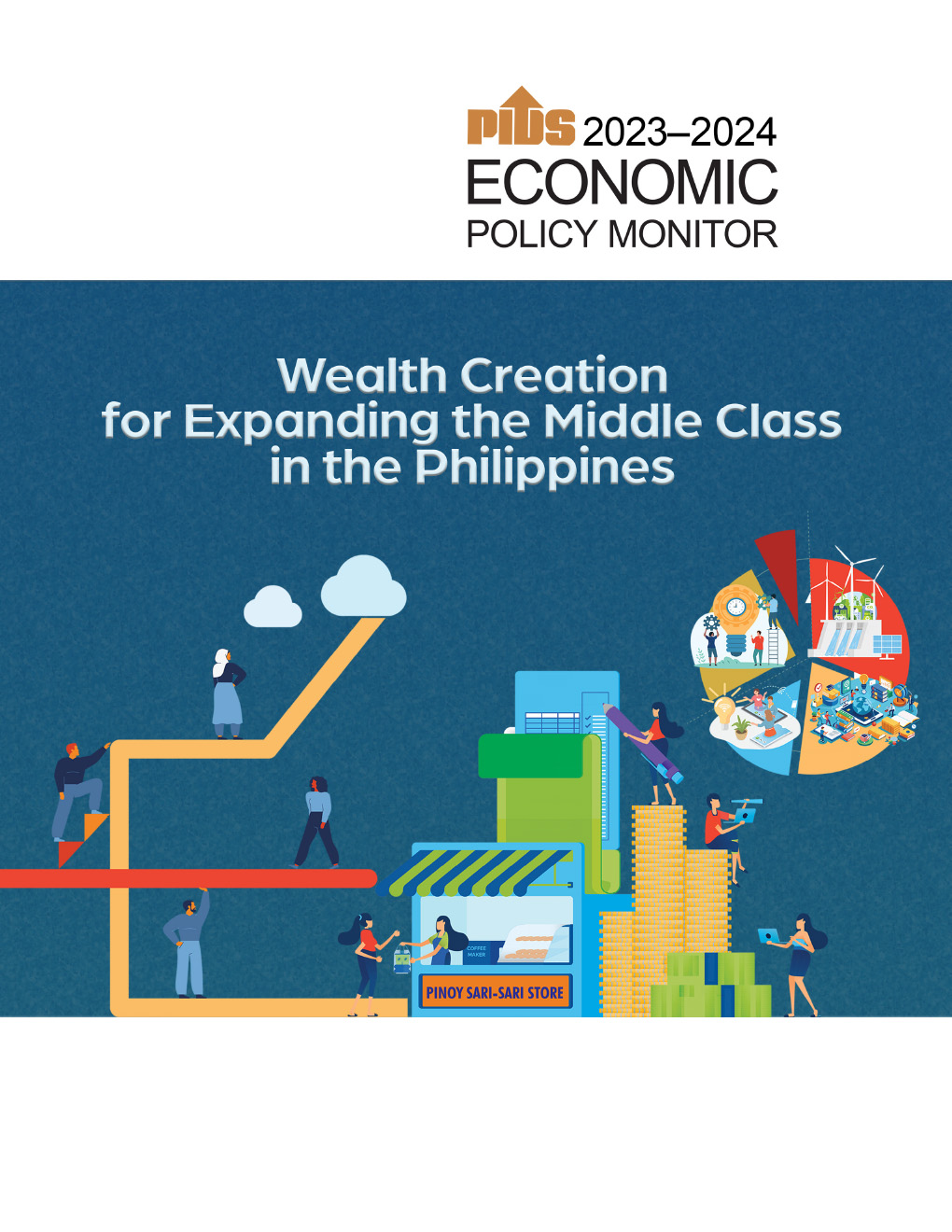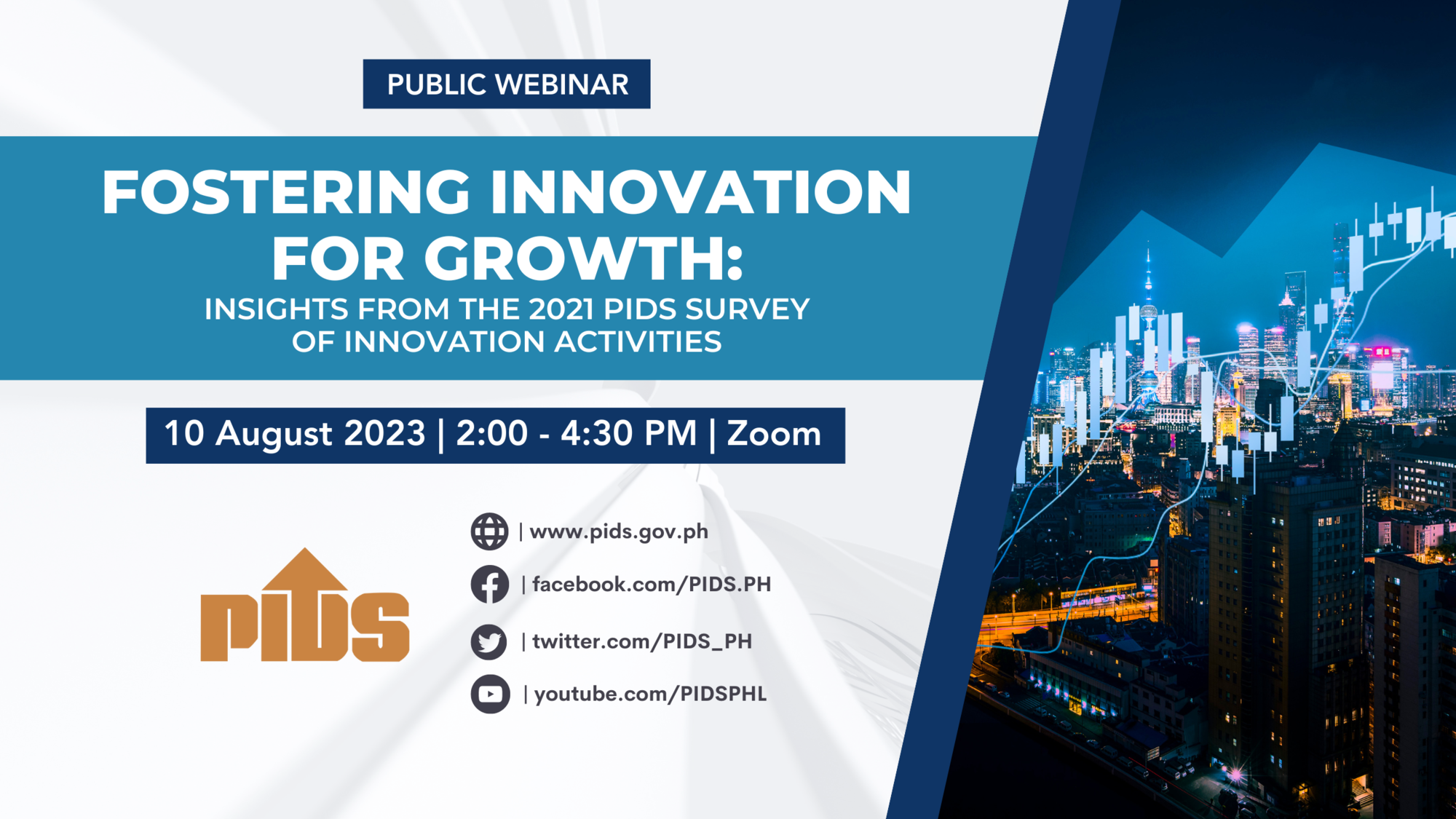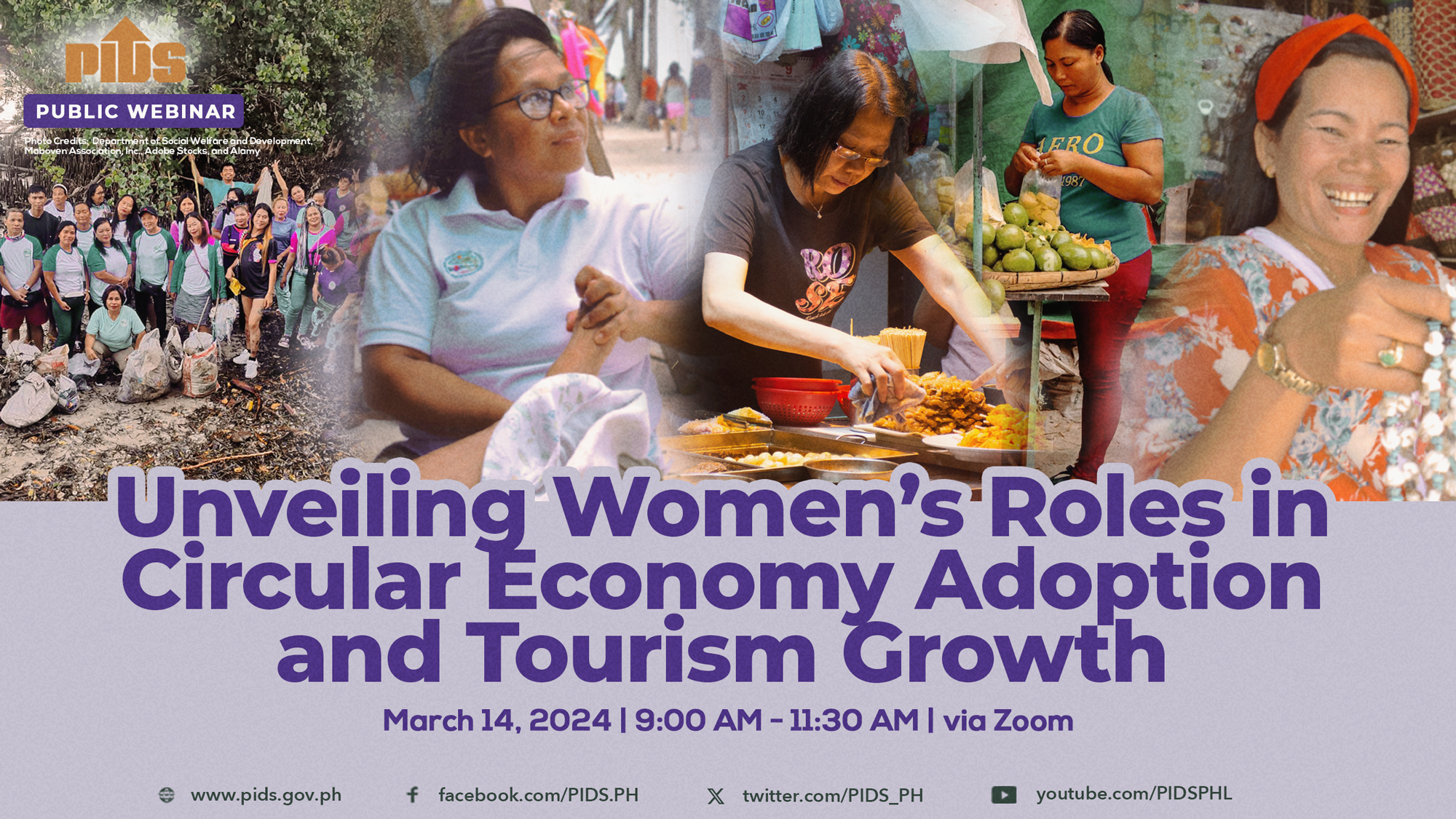THE increase in inflation will likely temper Philippine economic growth in the second half of the year and make it more difficult for poor Filipinos to meet their basic needs, local economists said on Tuesday.
They made the assessment as the Philippine Statistics Authority (PSA) reported that the country’s inflation rate increased to 4.9 percent in August, the highest since December 2018 when it was at 5.1 percent.
The PSA data also showed the inflation rate experienced by the poorest Filipinos or the Bottom 30 percent of the population was higher at 5.2 percent in August. This is also the highest since January 2019 when the inflation rate also averaged 5.2 percent.
The Bangko Sentral ng Pilipinas (BSP) believes that inflation will still temper down by the end of the year.
In a statement sent to reporters, BSP Governor Benjamin Diokno said the latest inflation outturn is consistent with the BSP’s assessment, despite accelerating back to 4.9 percent in August.
Diokno also said inflation would still settle close to the high end of the target inflation range in the near term “before decelerating back to within the target range by year end.” The country’s inflation target range for the year is at 2 to 4 percent.
While the August inflation acceleration seems to be a nudge in the wrong direction, analysts agree that the country’s monthly inflation print could still fall within target in the last months of 2021.
‘Poverty rising’
“I think higher inflation will add more downward pressure on prospects for economic recovery in the second half of the year. I see poverty rising due to lower real income and weaker purchasing power,” University of Asia and the Pacific School of Economics Dean Cid L. Terosa told BusinessMirror.
“I am convinced that it will be difficult to bring down the poverty rate to 14 percent in 2022 because the country has yet to find its way back to the pre-pandemic economic growth trajectory,” he added.
Terosa said economic recovery is crucial in poverty reduction. The growth of the economy allows for the creation of more jobs, giving more Filipinos the opportunity to secure their livelihoods.
Not doleouts
However, Terosa frowned on doleouts in addressing poverty. “We cannot rely on doleouts and subsidies because they are not long term solutions to the plight of Filipinos. Raising agricultural productivity and improving food transport and distribution infrastructure can help keep food prices within reach of many Filipinos,” Terosa said.
Ateneo Eagle Watch Senior Fellow Leonardo A. Lanzona Jr. and Philippine Institute for Development Studies (PIDS) Senior Research Fellow Roehlano M. Briones told BusinessMirror that higher inflation will not automatically lead to an increase in poverty.
Lanzona explained that higher inflation can be good for the economy if rising commodity prices stemmed from greater demand. This will lead to higher labor productivity and incomes for Filipinos.
However, in a briefing on Tuesday, National Statistician Claire Dennis S. Mapa said the increase in inflation was mainly due to supply constraints. This, he said, was observed in the 12.4-percent increase in fish prices.
Mapa said vegetable prices rose 13.5 percent in August because of bad weather and restrictions in certain areas which made the transport of these goods more expensive.
“If inflation is coming from an increase in aggregate demand, then it is likely that employment may improve. In which case, poverty can be lower. But if inflation is supply induced, then the government is not doing enough to remove production constraints,” Lanzona said.
One way to address these constraints is for the government to import goods. Briones said opening the country’s borders to commodities from elsewhere in the region or the world will help boost supplies.
The National Economic and Development Authority (Neda) has recommended the importation of 200,000 metric tons (MT) of fish to plug any shortfall in production once the fishing season closes.
Neda Undersecretary for Regional Development Mercedita A. Sombilla confirmed to the BusinessMirror on Monday that the oversight agency’s recommendation was to import 190,000 MT of fish, eventually rounded off to 200,000 MT.
“That rate of inflation is not really a factor in poverty. It is the GVA [Gross Value Added]contraction that really matters. Sharp contraction and tepid recovery means poverty targets are beyond [their] reach. Fish is a strong contributor so supply is a valid issue. Greater openness to imports will give us important tools to address,” Briones said.
Given the high inflation and the pandemic, Lanzona said the government can say goodbye to its poverty target of 14 percent by 2022.
He noted that the government also failed to institute reforms to strengthen the manufacturing or industry sector during the pandemic. This will be the main reason for missing the poverty goals.
“Given the structural nature of the crisis, monetary policy has limited effects,” Lanzona said. “We need more proactive government programs that are more targeted to the poor, especially for social protection as well as for production or employment in the vulnerable sectors of the economy.”
Policy interventions
In a statement, Socioeconomic Planning Secretary Karl Kendrick T. Chua said the government will continue current efforts in easing the increase in food prices, particularly in pork and rice.
Meat inflation slightly increased to 16.4 percent in August from 16 percent in July. However, on a month-on-month basis, meat inflation slowed down to -0.4 percent suggesting some price stabilization.
In particular, retail prices of frozen and fresh pork have fallen by around P19 to P38 per kilo from their peak, following the issuance of Executive Order Nos. 133 and 134. Rice inflation also remained negative at -0.4 percent year-on-year, following the issuance of Executive Order No. 135.
“We are beginning to see the impact of our proactive interventions to ease food prices, especially pork and rice. The government will continue to adjust and strengthen its policies to ensure that the people have access to affordable food amid the pandemic,” Chua said.
The Department of Agriculture (DA) is intensifying its hog repopulation program to fill supply gaps in domestic production and address pork inflation.
Fish supply
Meanwhile, to ensure stable fish supply, the DA issued Administrative Order No. 22, approving a Certificate of Necessity to Import (CNI) fish of 60,000 metric tons up to December 31, 2021.
As part of government’s proactive monitoring to ensure sufficient supply and stable prices during the closed fishing season, the DA is also preparing to increase the CNI should the initial imports fail to curb fish inflation.
To support vegetable production, the government will promote urban agriculture and backyard gardening. It will provide raw material resources, machinery and equipment, training and technical assistance, resiliency projects and funding support.
Chua added that as granular lockdowns are imposed to halt the Delta-fueled Covid-19 surge, government must keep enabling key sectors of the economy to operate and ensure essential goods and services reach consumers.
“Keeping transportation available and affordable, while still following minimum public health standards, will help facilitate the movement of people, goods, and services. All these will allow people to safely earn income and keep prices stable,” he said.
Inflation busters in place – Palace
Presidential spokesperson Harry Roque said initiatives to keep inflation in check are already being put in place.
“Probably it has something to do with the weather too because of the recent typhoons,” Roque said. “We will implement measures to increase the supply especially of fish, which currently has the highest [market price].”
Last month, the Department of Agriculture approved the importation of 60,000-metric tons of small pelagic fishes in anticipation of the closed fishing season.












